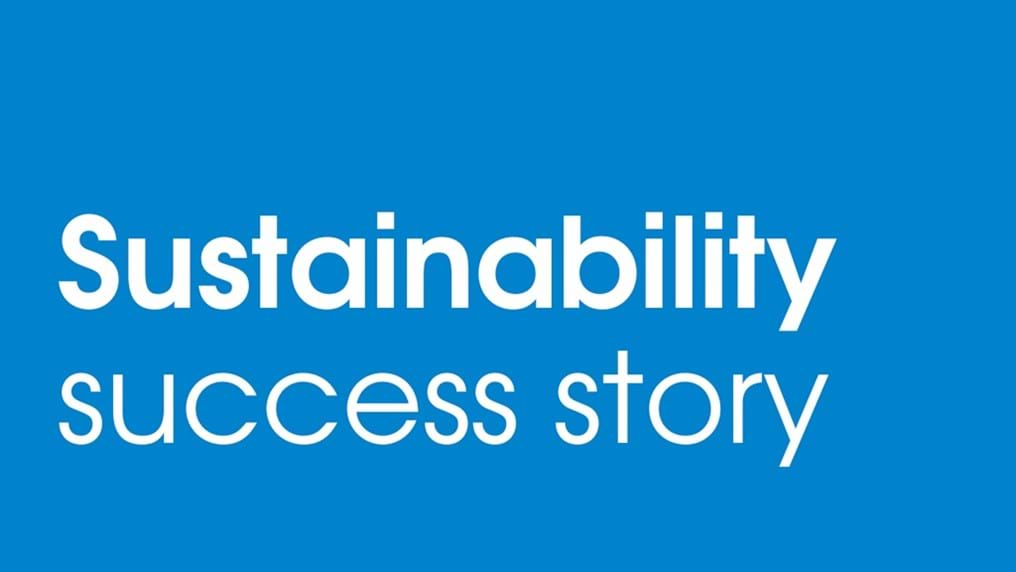Matt Stewart – Strategies for managing the circular economy of biosolids

4th June 2025
In this blog series, which is part of our Sustainability Hub, we’re speaking to chemical engineers across the world making a difference to make sustainable practices and products a reality and more accessible to all for the wider benefit of our society and globe.

Matt Stewart is Associate Director - Bioresources for AtkinsRealis, who are leaders in developing strategies for managing the circular economy in the area of biosolids.
Matt has proven track record in developing strategies for the opportunities that can be derived from the often forgotten solids streams of wastewater treatment. This is becoming more important with developing challenges with contaminants of concern and our emissions inventories.
Tell us about your yourself Matt
After receiving my degree in chemical engineering from Monash University, Australia, I spent the first 5 years of my career in the dairy industry, before moving into the water industry in 2017.
My career in water has led me across the globe, having been based in Australia, the USA and United Kingdom, as well as having had the privilege to work on projects in New Zealand, the Middle East and Europe. Currently I am based in London, working with clients worldwide on opportunities to convert biological feedstocks into useful, sustainable resources.
Tell us about your background in the water sector, particularly in sustainability and bioresources
My first role in the water sector was with Barwon Water, initially working in the treatment operations team before moving into a strategic role, working on the business’ flagship circular economy project, Colac Renewable Organics Network (RON). I made the move into consulting in 2021, however from this initial project with Barwon Water in 2018 until now, the focus of my career has been on delivering sustainability outcomes for the water industry, typically focusing on circular economy initiatives which bring multiple sectors together with the aim of reducing emissions and converting wastes into useful resources.
What got you focusing on bioresources and how would you describe a bioresource?
Bioresources refer to resources that have been created from biological feedstocks. In the water industry we are really familiar with biosolids, which is a great example of a bioresource! However bioresources have so much more potential. We have the opportunity to generate energy, fuels, bespoke sustainable fertilisers, batteries, construction materials… the list goes on and on - all from sustainable, biological feedstocks which are often treated as wastes. I initially entered the world of bioresources during my time at Barwon Water due to my previous experience in the dairy industry. At the time we were looking at how we could work with some of our trade waste customers (one of which was a dairy manufacturer) on improving their trade waste systems and leveraging the value of their waste streams by creating renewable energy and bio-fertilisers. Since then I haven’t looked back!
What is the current state of best practice in bioresources?
Right now it is really exciting to be working in the bioresources space, however there is a lot of uncertainty regarding what the future will look like, so best practice is a difficult thing to define. In an ideal and possibly utopian world, best practice for bioresources would be the conversion of biological waste processing facilities, such as wastewater treatment plants, into biorefineries. The concept of a biorefinery follows the way in which an oil refinery works, where crude oil is fractionated into various products. By applying these principles to biological waste streams such as wastewater, we look to fractionate and process wastewater into useful products (for example ammonia, phosphorus, biochar, cellulose, biopolymers, electricity, sustainable fuels etc). We aren’t quite there yet, but there are some exciting examples where water utilities are starting to deploy technologies that align to this biorefinery concept.
Where should chemical engineers to find out more about current best practice?
There are some great examples of best practices for bioresources all over the world. To list a few:
- MetroVancouver in Canada are currently investigating the conversion of their biosolids into biocrude, which will then be processed at an adjacent oil refinery into products like sustainable aviation fuel.
- Scottish Water is developing a resource recovery factory at one of their wastewater treatment plants, looking to deploy multiple resource recovery technologies at a single site.
- Severn Trent Water in England is developing a Net Zero wastewater treatment plant, deploying innovative technologies at their Strongford site with the aim of processing wastewater without generating any net carbon emissions.
There are also some fantastic examples of co-processing of different organic wastes to enable the centralised treatment of these similar wastes, whilst also supercharging the amount of sustainable outputs generated. Europe has a number of examples of projects in this space.
What are the key considerations for people investigating bioresources?
A key consideration and challenge when it comes to bioresources is ensuring that the products we aim to create are as good as (or ideally superior to) existing products on the market. For example, it is great from an environmental perspective to create ammonia and phosphorus-based fertilisers from waste-streams such as wastewater, rather than from non-sustainable sources, however if the bioresource doesn’t work as well as the existing product then the market won’t be interested in it.
Another key challenge relates to contamination. There is the risk when creating products from waste feedstocks that the final product could be contaminated. There is also a growing body of knowledge on ‘contaminants of emerging concern’, such as PFAS and microplastics, and when considering bioresources opportunities we need to consider the risk that these constituents may pose.
What do you see as being the key technologies that are emerging, or required, for the future?
There are some amazing technologies being developed in the bioresources space, and many of them are ready to go technologically but are looking for the right commercial opportunity to enable uptake at scale. The suite of technologies that fall under the umbrella of ‘Advanced Thermal Conversion’ are looking likely to play a big role in the future of bioresources, with this group of technologies including pyrolysis, gasification, hydrothermal liquefaction, super critical water oxidation, hydrothermal carbonisation, hydrothermal oxidation and hydrothermal gasification. Resource recovery technologies, specifically those that can target the recovery of ammonia and phosphorus are also going to be crucial in future, both in terms of waste processing, but more importantly in the long-term future of agriculture and food production.
What are your take home messages for chemical engineers when looking at how they can impact sustainability through bioresources?
My key message when it comes to bioresources, or perhaps more broadly waste processing, is that something has to change. Bioresources offer the potential of a sustainable future for the processing of organic and biological waste streams. We can’t expect to be able to continue disposing of the valuable nutrients that are present within these streams, or to continue to allow emissions from these streams to enter the atmosphere. So, in short, something is going to have to happen, and there is a lot of activity already happening in the bioresources space – we just need to keep pushing (and try and influence some pull from policy makers) so that sustainable practices like those associated with bioresources become the norm.
Visit our Sustainability Hub to access a suite of on-demand training courses that are free to members, and knowledge resources that will help you embed sustainable principles and practices into everyday work and life.